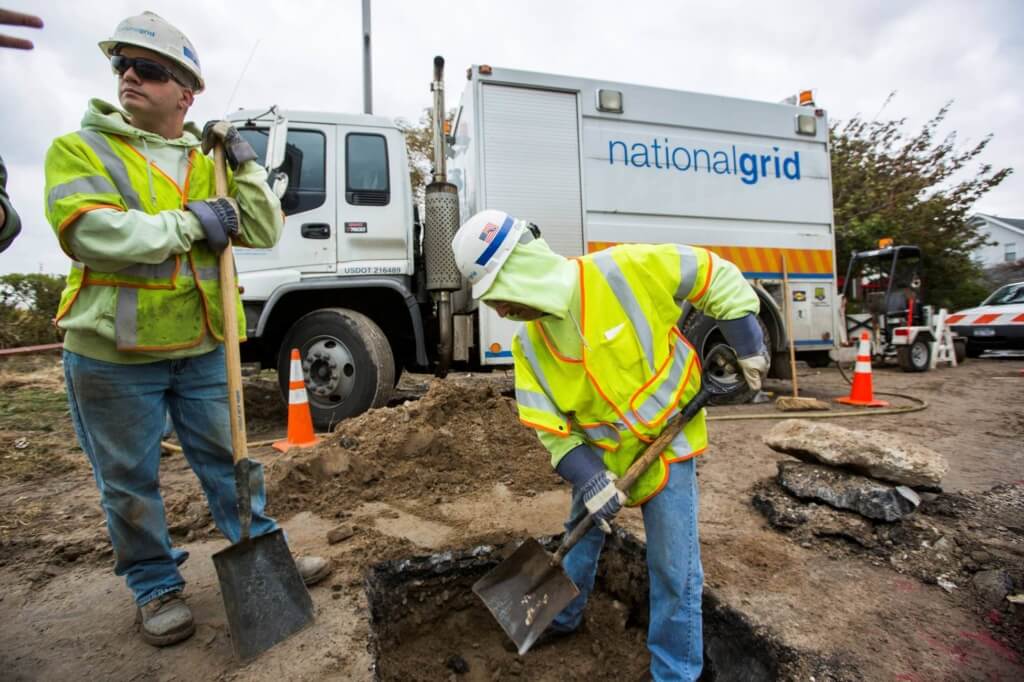Queens College of the City University of New York participated in a study which concluded that lung cancer can be detected at its very earliest stage in 85 percent of patients using annual low-dose CT screening.
“For the first time, we have critical evidence that CT screening can not only detect lung cancer early, but also that people with CT-detected lung cancer survive at very high rates,” said Dr. Steven Markowitz, MD, director of the Center for the Biology of Natural Systems at Queens College. “This is especially important to workers who are at high risk of lung cancer due to workplace exposures.”
CT scanners have shown marked advancement since the early 1990's. Sub-millimeter “slicing,” according to Professor Markowitz, can now be applied to the entire chest in a single breath-hold. As a result, lung cancer can now be detected when it is quite small. Although CT scans once yielded only 30 images, current technology provides over 600 images.
The study was the result of a landmark, long-term collaboration among 38 institutions in seven countries. Known as the International Early Lung Cancer Action Project (I-ELCAP) the study was launched by a team of researchers at New York-Presbyterian Hospital/Weill Cornell Medical Center.
Consequently, when the detection of lung cancer is found at its earliest stage, it is followed by prompt surgical removal, in which the 10-year survival rate is 92 percent. If these procedures are followed, the number of deaths from lung cancer - currently the number one cause of cancer deaths among both men and women in the U.S. - would dramatically decrease.
Queens College contributed the second largest number of participants from the U.S. population to the overall study. It did this by conducting CT scanning of 6,220 U.S. Department of Energy (DOE) workers at the DOE gaseous diffusion plants in Oak Ridge, Tennessee; Portsmouth, Ohio; and Paducah, Kentucky, said Professor Markowitz.
Stage One lung cancer is the only stage at which a cure by surgery is highly likely. While survival rates have been climbing for other forms of cancer, the survival rates for lung cancer have remained dismal. Approximately 95 percent of the 173,000 people diagnosed each year in the U.S. die from the disease - more than breast, prostate and colon cancer combined. Lung cancer, the most common occupational cancer in the U.S. workplace, is usually lethal because in the absence of screening, it is nearly always diagnosed at an advanced stage.
Among the 31,567 participants in the overall I-ELCAP study, CT screening detected 484 people who were diagnosed with lung cancer; 412 of these were Stage One. Of the Stage One patients who chose not to be treated, all died within five years. Overall, the estimated 10-year survival rate for the 484 participants with lung cancer was 80 percent. The participants were 40 years of age or older and at risk for lung cancer because of a history of cigarette smoking or exposure to secondhand smoke.



































